



|
 |
 |
Осветлување |
|
Post Reply 
|
Page <1 7891011 19> |
| Author | ||
+Protagorist 
Senior Member 

Joined: 01-Nov-2012 Online Status: Offline Posts: 3588 |
 Quote Quote  Reply
#161 Posted: 20-Jul-2014 at 22:53 Reply
#161 Posted: 20-Jul-2014 at 22:53 |
|
|
|
||
|
HaјсилнoтoOpужјe е вo caмитeHac cинaпoвo3pнo co НaдeжВepaЉубoв
|
||
 |
||
nenad 
Senior Member 
Joined: 19-Dec-2009 Online Status: Offline Posts: 741 |
 Quote Quote  Reply
#162 Posted: 21-Jul-2014 at 08:29 Reply
#162 Posted: 21-Jul-2014 at 08:29 |
|
|
пример за добро ЛЕД и ласерско осветлување (видот на музиката ја оставаме настрана)
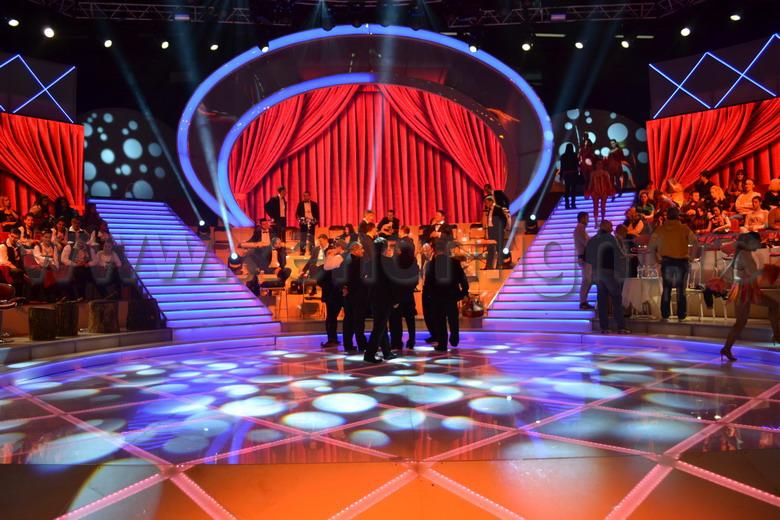
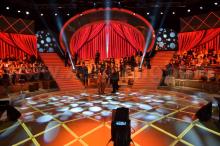 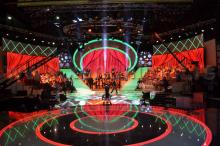 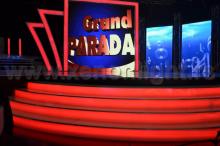
http://www.xenonlight.rs/xenon-referenca.php?id=11 Edited by nenad - 21-Jul-2014 at 08:31 |
||
 |
||
nenad 
Senior Member 
Joined: 19-Dec-2009 Online Status: Offline Posts: 741 |
 Quote Quote  Reply
#163 Posted: 21-Jul-2014 at 08:41 Reply
#163 Posted: 21-Jul-2014 at 08:41 |
|
|
внатрешна светлосна декорација:
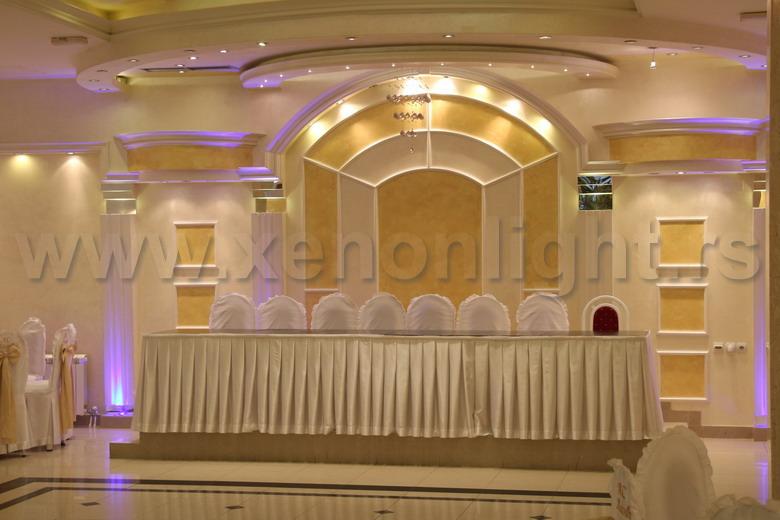
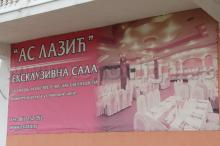 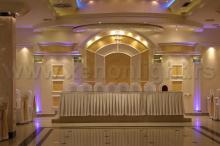 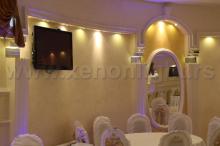   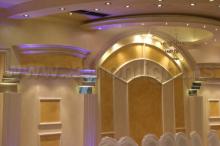
http://www.xenonlight.rs/xenon-referenca.php?id=4 Edited by nenad - 21-Jul-2014 at 08:42 |
||
 |
||
nenad 
Senior Member 
Joined: 19-Dec-2009 Online Status: Offline Posts: 741 |
 Quote Quote  Reply
#164 Posted: 30-Jul-2014 at 08:26 Reply
#164 Posted: 30-Jul-2014 at 08:26 |
|
 |
||
+Protagorist 
Senior Member 

Joined: 01-Nov-2012 Online Status: Offline Posts: 3588 |
 Quote Quote  Reply
#165 Posted: 18-Aug-2014 at 10:44 Reply
#165 Posted: 18-Aug-2014 at 10:44 |
|
Edited by +Protagorist - 20-Aug-2014 at 00:38 |
||
|
HaјсилнoтoOpужјe е вo caмитeHac cинaпoвo3pнo co НaдeжВepaЉубoв
|
||
 |
||
+Protagorist 
Senior Member 

Joined: 01-Nov-2012 Online Status: Offline Posts: 3588 |
 Quote Quote  Reply
#166 Posted: 20-Aug-2014 at 00:43 Reply
#166 Posted: 20-Aug-2014 at 00:43 |
|
 Edited by +Protagorist - 03-Nov-2016 at 12:26 |
||
|
HaјсилнoтoOpужјe е вo caмитeHac cинaпoвo3pнo co НaдeжВepaЉубoв
|
||
 |
||
nenad 
Senior Member 
Joined: 19-Dec-2009 Online Status: Offline Posts: 741 |
 Quote Quote  Reply
#167 Posted: 20-Aug-2014 at 14:24 Reply
#167 Posted: 20-Aug-2014 at 14:24 |
|
 |
||
+Protagorist 
Senior Member 

Joined: 01-Nov-2012 Online Status: Offline Posts: 3588 |
 Quote Quote  Reply
#168 Posted: 11-Oct-2014 at 21:55 Reply
#168 Posted: 11-Oct-2014 at 21:55 |
|
|
кој би рекол дека за 1 сијалица вреди да се закачат 4 видеа во 1 пост http://nanoleaf.me/pages/impact http://www.inquisitr.com/542107/nanolight-promises-most-efficient-lightbulb-ever-made-launches-hugely-successful-kickstarter-campaign/ https://www.kickstarter.com/projects/nanoleaf/nanolight-the-worlds-most-energy-efficient-lightbu Edited by +Protagorist - 03-Nov-2016 at 12:50 |
||
|
HaјсилнoтoOpужјe е вo caмитeHac cинaпoвo3pнo co НaдeжВepaЉубoв
|
||
 |
||
+Protagorist 
Senior Member 

Joined: 01-Nov-2012 Online Status: Offline Posts: 3588 |
 Quote Quote  Reply
#169 Posted: 28-Oct-2014 at 20:17 Reply
#169 Posted: 28-Oct-2014 at 20:17 |
|
|
ова лед сијалицава како дизајн им е толку оригинална, што мислам и технички да е вишок, и без тоа пак ќе држи вода! после ваков пост човек останува подолго без коментар, освен ако не се појави некој новитет скоро евентуално некој оригинален апдејт, смешно но компании ко филипс или ген.ел. немаат ни капка капацитет ко овој на нано-лиф после ова може да оди само рурално ЕПП http://www.rustiklight.com/collections/lombardia-collection но за наш стандард вакви парчиња се сувишни, затоа чаре се импровизации, имате ефтини dc-fix проѕирни тапети ко за лантерната [1][2] конструкцијата пак може да тера со дрвени лајсни или жица, евентуално сето ова да се склепа во стакло ко минимализам [3] мислам тоа цената е доволна инспирација за импровизација, во спротивно кај пластичарите може да се најде и соодветна реплика за бадијала, но свој зелник секогаш е посладок од оној в продавница! 
Edited by +Protagorist - 28-Oct-2014 at 20:57 |
||
|
HaјсилнoтoOpужјe е вo caмитeHac cинaпoвo3pнo co НaдeжВepaЉубoв
|
||
 |
||
gjoko 
Senior Member 
Joined: 18-Jun-2011 Location: kicevo Online Status: Offline Posts: 6554 |
 Quote Quote  Reply
#170 Posted: 28-Oct-2014 at 22:28 Reply
#170 Posted: 28-Oct-2014 at 22:28 |
|
|
јас имам слични на овие само со прозирно стакло(наводно е кристално) со г9,купував лед наместо халогени но веќе две ми прегореа па се вратив на варијанта со штедливи.малку тие изгледаат грубо и го надвишуваат стаклото,но тоа е тоа
|
||
 |
||
nenad 
Senior Member 
Joined: 19-Dec-2009 Online Status: Offline Posts: 741 |
 Quote Quote  Reply
#171 Posted: 29-Oct-2014 at 08:33 Reply
#171 Posted: 29-Oct-2014 at 08:33 |
|
 |
||
+Protagorist 
Senior Member 

Joined: 01-Nov-2012 Online Status: Offline Posts: 3588 |
 Quote Quote  Reply
#172 Posted: 31-Oct-2014 at 11:25 Reply
#172 Posted: 31-Oct-2014 at 11:25 |
|
|
nc

|
||
|
HaјсилнoтoOpужјe е вo caмитeHac cинaпoвo3pнo co НaдeжВepaЉубoв
|
||
 |
||
+Protagorist 
Senior Member 

Joined: 01-Nov-2012 Online Status: Offline Posts: 3588 |
 Quote Quote  Reply
#173 Posted: 12-Nov-2014 at 13:42 Reply
#173 Posted: 12-Nov-2014 at 13:42 |
|

туку арно ако шверцале само сијалици, но што ако во грлата имало и ретки билки, уствари нив во лустери ги шверцаат [1] http://www.visualnews.com/2013/02/18/test-tube-chandeliers-inspired-by-marie-curie/ http://www.thisiscolossal.com/2013/02/test-tube-chandeliers-by-pani-jurek/ 
~ инаку Пане не е тачен но е креативно наточен |
||
|
HaјсилнoтoOpужјe е вo caмитeHac cинaпoвo3pнo co НaдeжВepaЉубoв
|
||
 |
||
+Protagorist 
Senior Member 

Joined: 01-Nov-2012 Online Status: Offline Posts: 3588 |
 Quote Quote  Reply
#174 Posted: 13-Nov-2014 at 13:37 Reply
#174 Posted: 13-Nov-2014 at 13:37 |
|
|
HaјсилнoтoOpужјe е вo caмитeHac cинaпoвo3pнo co НaдeжВepaЉубoв
|
||
 |
||
+Protagorist 
Senior Member 

Joined: 01-Nov-2012 Online Status: Offline Posts: 3588 |
 Quote Quote  Reply
#175 Posted: 13-Nov-2014 at 13:51 Reply
#175 Posted: 13-Nov-2014 at 13:51 |
|
|
dodeka improvizacijata i ezera otvora  primer Bajkalsko primer Bajkalsko
http://www.barovier.com/en/collezioni/lampadari/baikal/ 




Edited by +Protagorist - 13-Nov-2014 at 13:56 |
||
|
HaјсилнoтoOpужјe е вo caмитeHac cинaпoвo3pнo co НaдeжВepaЉубoв
|
||
 |
||
+Protagorist 
Senior Member 

Joined: 01-Nov-2012 Online Status: Offline Posts: 3588 |
 Quote Quote  Reply
#176 Posted: 14-Nov-2014 at 08:48 Reply
#176 Posted: 14-Nov-2014 at 08:48 |
|
|
Alabaster Gallery - http://www.worldclasslighting.com/
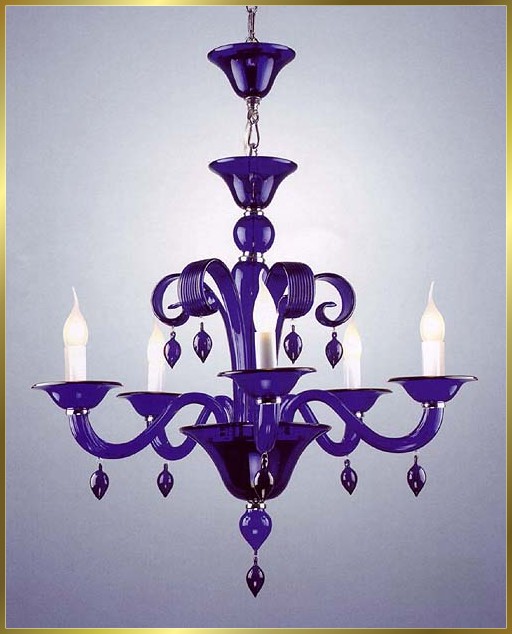
Edited by +Protagorist - 14-Nov-2014 at 08:58 |
||
|
HaјсилнoтoOpужјe е вo caмитeHac cинaпoвo3pнo co НaдeжВepaЉубoв
|
||
 |
||
+Protagorist 
Senior Member 

Joined: 01-Nov-2012 Online Status: Offline Posts: 3588 |
 Quote Quote  Reply
#177 Posted: 15-Nov-2014 at 07:25 Reply
#177 Posted: 15-Nov-2014 at 07:25 |
|
|
ова откако ќе си наберете биљето на Пелистер и си спакувате чајот таман под лустер да го накитите, хартиени вреќички има и во билна аптека 

|
||
|
HaјсилнoтoOpужјe е вo caмитeHac cинaпoвo3pнo co НaдeжВepaЉубoв
|
||
 |
||
+Protagorist 
Senior Member 

Joined: 01-Nov-2012 Online Status: Offline Posts: 3588 |
 Quote Quote  Reply
#178 Posted: 15-Nov-2014 at 21:31 Reply
#178 Posted: 15-Nov-2014 at 21:31 |
|
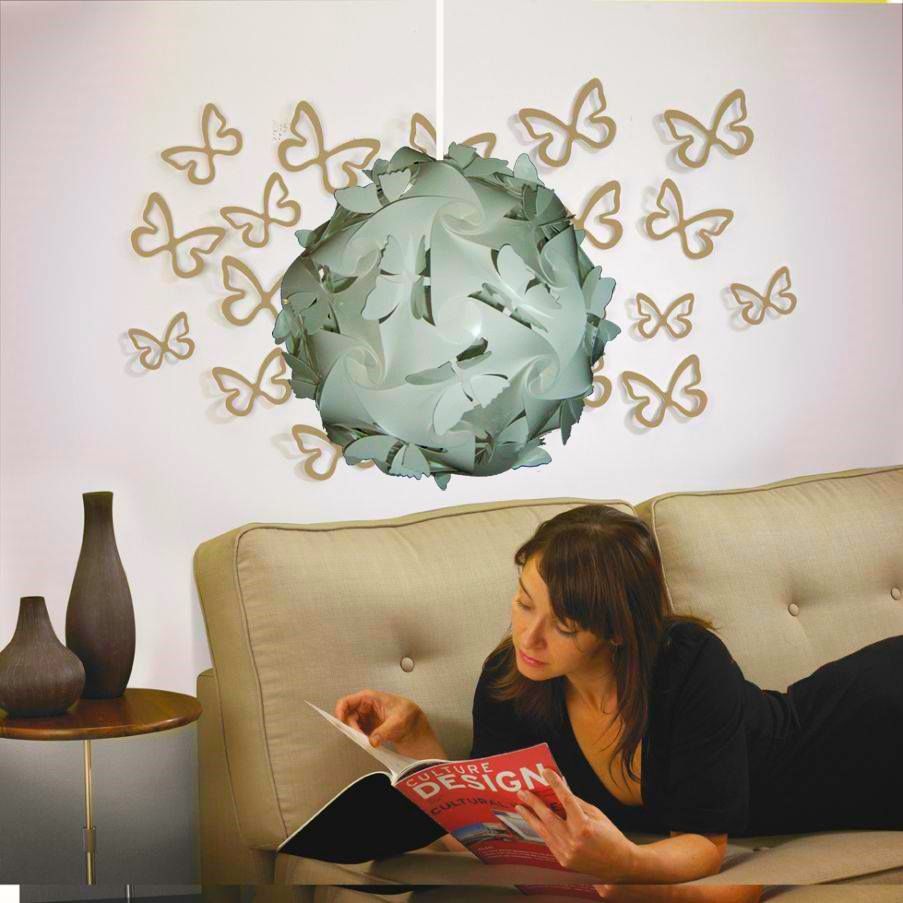 |
||
|
HaјсилнoтoOpужјe е вo caмитeHac cинaпoвo3pнo co НaдeжВepaЉубoв
|
||
 |
||
+Protagorist 
Senior Member 

Joined: 01-Nov-2012 Online Status: Offline Posts: 3588 |
 Quote Quote  Reply
#179 Posted: 16-Nov-2014 at 20:32 Reply
#179 Posted: 16-Nov-2014 at 20:32 |
|
|
HaјсилнoтoOpужјe е вo caмитeHac cинaпoвo3pнo co НaдeжВepaЉубoв
|
||
 |
||
+Protagorist 
Senior Member 

Joined: 01-Nov-2012 Online Status: Offline Posts: 3588 |
 Quote Quote  Reply
#180 Posted: 17-Nov-2014 at 11:44 Reply
#180 Posted: 17-Nov-2014 at 11:44 |
|
|
mislam ovie preterale gore so tenekevo, no koga istoto bi bilo bar od srebro pa da ti e merak ne deka nemoze da se posrebri naknadno, ta da bide Srebro vo ogan ischisteno od zemja http://www.boredpanda.com/creative-diy-lamp-chandelier-lighting-ideas/ 21 DIY Lamps & Chandeliers You Can Create From Everyday Objects  Edited by +Protagorist - 17-Nov-2014 at 11:46 |
||
|
HaјсилнoтoOpужјe е вo caмитeHac cинaпoвo3pнo co НaдeжВepaЉубoв
|
||
 |
||
Post Reply 
|
Page <1 7891011 19> |
| Forum Jump | Forum Permissions  You cannot post new topics in this forum You cannot reply to topics in this forum You cannot delete your posts in this forum You cannot edit your posts in this forum You cannot create polls in this forum You cannot vote in polls in this forum |